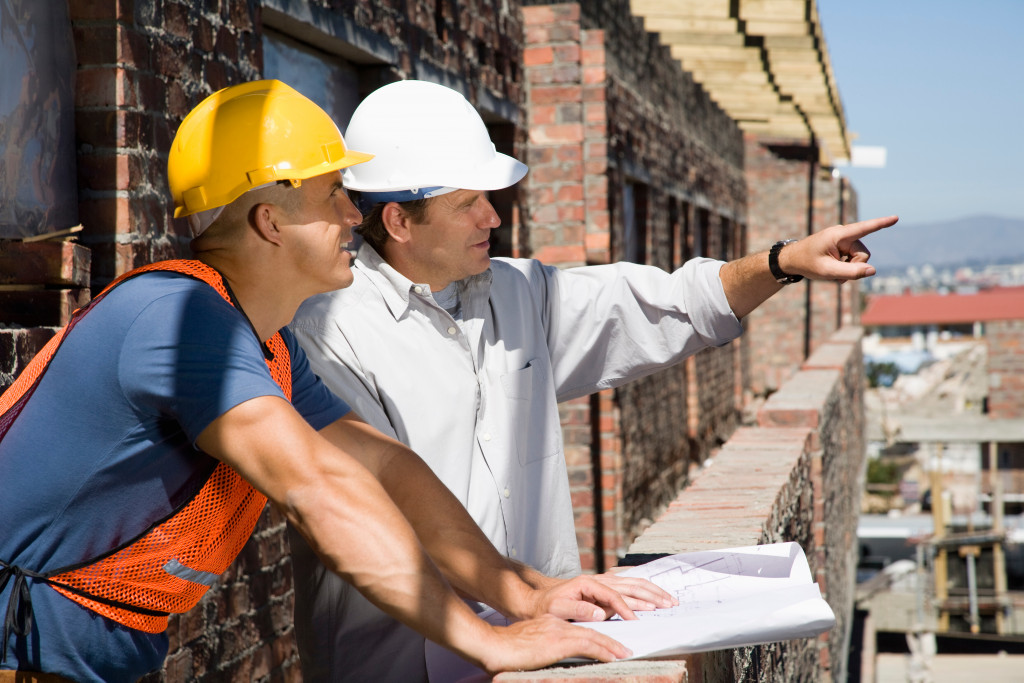Whether you’re a small business owner or managing a large corporation, taking the necessary precautions to keep your facility safe from potential hazards is important. Preventing these hazards is important for employees’ safety and can help avoid costly damages. It also promotes a positive image for your business and shows that you’re committed to providing a safe workplace.
In this article, we’ll discuss some common hazards that business owners should be aware of and steps they can take to prevent them.
Keep your facility clean and organized
A well-maintained facility creates a professional image, instills confidence in your customers, and makes your employees proud to work there. Perhaps most importantly, it contributes to a safe and healthy work environment. A clean and organized facility helps prevent accidents and injuries and improve air quality.
Of course, achieving and maintaining a clean facility takes effort. A good start is by establishing cleanliness standards and procedures, then following through with regular inspections. You should also ensure that you have the necessary cleaning supplies and equipment. By taking these steps, you can help ensure that your facility is clean, safe, and productive.
Educate employees on safety procedures
Educating employees on safety procedures are important to keep your facility clean and organized. By taking the time to train employees on proper safety procedures, you can help to prevent accidents and injuries. Moreover, a clean and well-organized facility is more efficient and productive.
Furthermore, developing a system for monitoring employee compliance with safety procedures is important. This can be done through regular inspections and feedback to employees on their performance. By implementing these measures, you can create a safe and productive workplace.
Inspect your facility and equipment regularly
A well-run facility requires attention to detail and regular upkeep. By regularly inspecting your facility and equipment, you can ensure that your facility is clean and organized. This will help prevent problems and allow you to identify potential issues before they become serious.
Additionally, regular inspections will help keep your facility in compliance with regulatory standards. It’s important to test for radon, lead, asbestos, and other potentially hazardous materials. You can protect your employees and customers from harm by taking these steps.

Restrict access to hazardous areas
In any facility, it is important to maintain a high level of cleanliness and organization. This not only helps to create a professional appearance but can also improve worker safety and efficiency. One key element of maintaining a clean and safe facility is restricting access to hazardous areas. By preventing unauthorized individuals from entering these areas, you can help to reduce the risk of accidents and contamination.
Restricting access can also help to keep these areas clean and organized. Limiting the number of people who have access to these areas can help ensure that they are properly maintained. Ultimately, restricting access to hazardous areas can help create a safer and more efficient workplace.
Use fire extinguishers and other safety equipment
Fire extinguishers are one of the most important safety equipment in any facility. Not only do they help to prevent fires from spreading, but they can also save lives in the event of a fire. However, fire extinguishers must be properly maintained and used to be effective.
Regularly check fire extinguishers to ensure they are fully charged and in good working order. In addition, make sure that employees are familiar with the proper use of a fire extinguisher. By taking these precautions, you can help to keep your facility safe and clean.
Mark dangerous areas with signs and warning labels
One of the most important things you can do to keep your facility clean and organized is to mark dangerous areas with signs and warning labels. This will help ensure that everyone in the facility is aware of potential hazards and knows how to avoid them. Signs and labels should be placed in prominent locations to be easily visible.
They should also be designed to be durable and weather-resistant so that they will withstand the elements. By taking these simple steps, you can help keep your facility safe and clean for everyone who uses it.
Plan for emergencies
Emergency planning is critical for any business. By planning for emergencies, you can ensure that your employees are safe and know what to do in an emergency.
One key element of emergency planning is developing a communication plan. This plan should outline how employees will communicate with each other in an emergency. In addition, the plan should identify a safe area for employees to go to in the event of an evacuation.
Final Thoughts
Taking these steps can help create a safe environment for your employees and customers. Implementing these safety measures shows that you’re committed to providing a safe workplace and helps reduce the risk of accidents and injuries.

